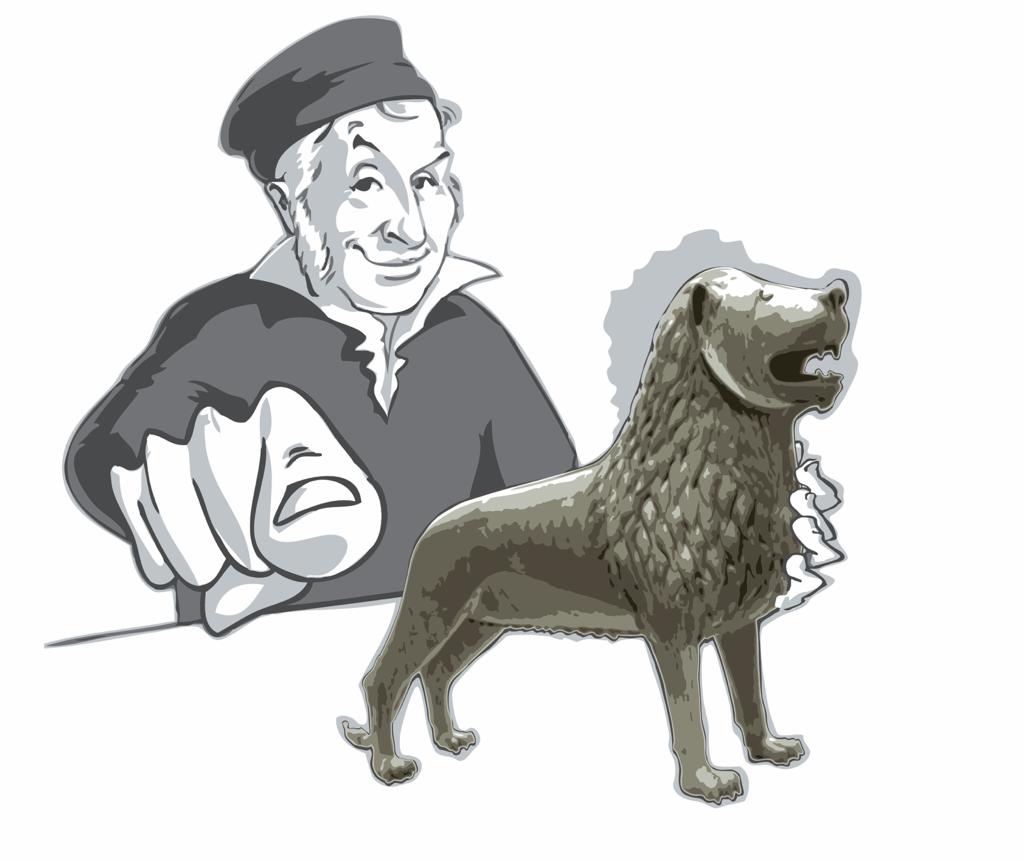Gauss-Telegraph: Travel during Corona – Lyon
by Andrés Muñoz

We have now reached our second destination of this series – Lyon, the gastronomical capital of France, Europe’s Leading City Break Destination in 2016 and European Capital of Smart Tourism in 2019. Though I have to admit that all these titles were unknown to me until I arrived in Lyon. Yet I can say that Lyon does hold up with all these titles.

„Unusual Guided Tour of the Roofs of Fourvière“
As one of France’s largest cities, Lyon is well connected to the rest of Europe. Furthermore, the city has over 2,000 years of history and is part of UNESCO’s World Heritage.
During the „first wave“ of the pandemic, France was one of the most affected countries in the world and had one of the tightest regulations, with strict curfews and mobility restrictions. After a couple of months, travel bans outside the department of residence were lifted and museums, restaurants and hotels were allowed to re-open. However, even though the „new normality“ was already starting, the demand for tourism was still too low that it impacted my trip as well. My original hotel wasn’t open, so I had to look for new accommodation, and my return trip got canceled as well which meant a long layover in Paris on my return to Germany. Although these circumstances improved later over the summer, closed hotels and even more reduced travel connections are something you can expect, if you decide to travel after the restrictions are lifted again hopefully before the end of the year (in case you were planning to go away over Christmas or New Year’s Eve).

Lugdunum
Lyon is a bit expensive compared to Germany in my opinion. Therefore, you might want to consider getting a Lyon City Card to have access to many attractions and public transportation for free. The card is valid from one up to four days. However, if you decide to buy it, you should definitely check whether the sights you want to visit are open again. Otherwise you might not get the full value out of the card. The card gives you access to the „Unusual Guided Tour of the Roofs of Fourvière“ (French only). The Basilica of Notre-Dame de Fourvière was built in the 19th century and sits on top of the Fourvière Hill where the old Roman forum was once located. Even if the tour is only offered in French, you can get a brochure in English. The experience of exploring the towers of the basilica and walking on top of its roof is worth your time. After the tour, you can head to the ruins of ancient Roman city of Lugdunum, founded in 43 BC.

Musée des Confluences
On the eastern skirts of the hill, you’ll find the Old Town (Vieux Lyon) where you can visit the cathedral of Saint-Jean-Baptiste or the Gadagne Museums which exhibit the history of Lyon and the puppet museum. Afterwards, you can head to the Presqu’île (Peninsula). The heart of Lyon lies between the Rhône and Saône. This district is composed of many restaurants, cultural venues (e.g. Opéra de Lyon and Théâtre des Célestins), the Town Hall and the Musée des Beaux-arts (Museum of Fine arts). The district extends to the south where both rivers meet at the Confluence. At the tip of the peninsula, you will bump into a deconstructivist architectural masterpiece, the Musée des Confluences – a science center and Museum of Anthropology. At this point you can see the different tones in the waters of the Rhône and Saône. Since the Rhône originates from meltwater in the Alps, it has a more glacier blue tone.
I mentioned that Lyon is the gastronomical capital of France, maybe even one of the top food destinations in the world. So feel free to try out the Bouchons, brasseries and bistros in Lyon. I’m sure that you can have nice food almost everywhere. Nevertheless, some popular restaurants have up to one hour waiting time if you don’t have a reservation.
Tomorrow’s destination is Berlin!
Note: At the moment of travel, this region/country was not on the list of risk areas according to the Robert-Koch-Institute .
Before making any travel plans, check the latest advice from the Federal Foreign Office. You can download their app (Android or iOS) to stay up-to-date or check the IATA’s website for the latest entry requirements.



You must be logged in to post a comment.